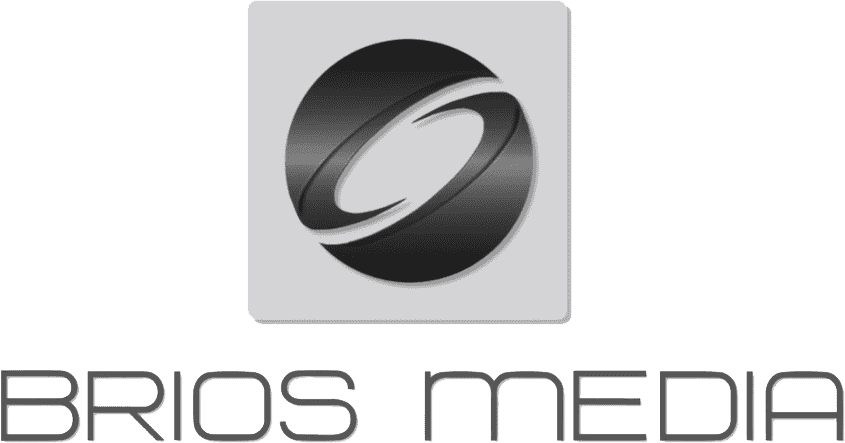The Content Marketing Strategy Trap
Most B2B marketers are caught in the same trap of creating endless content that gets attention but drives no real results. Blog posts, videos, and social media campaigns flood their calendars. But behind the metrics of “views” and “likes,” there’s a harsh truth: awareness without action kills ROI.
A winning content marketing strategy isn’t about volume. It’s about direction. The best-performing companies don’t just post more; they guide their audience step-by-step from curiosity to conversion.
Why Most Content Marketing Strategies Fail
Many brands treat all content the same and this is a big mistake. They push out generic topics like “5 Tips for Better Marketing” and expect it to appeal to everyone, whether someone just discovered their problem or is ready to buy.
That’s like using the same line on a first date and at a wedding proposal — wrong time, wrong message.
Research from the Content Marketing Institute shows that buyers consume nearly 50% more content during the consideration stage than at any other point. Yet, most businesses still push the same top-level “educational” content across all audiences.
Successful content marketing recognizes this difference and adapts to it.
The Strategic Content Funnel: A Smarter Framework
Great brands like Volvo Trucks and Zendesk don’t just post content. They map it. Each stage in their funnel serves a specific goal.
Stage 1: Awareness: The Problem Awakening
At this point, your audience doesn’t know they need your solution. They’re only aware of a problem or discomfort.
Your goal: help them name that problem.
What works best:
-
Educational videos or blog posts about pain points (without pushing products)
-
Brand storytelling that builds trust and connection
-
Short documentaries that highlight industry challenges
-
Explainer videos that show the “why” behind the issue
Example:
Volvo Trucks produced videos about how to save fuel, not how to buy trucks. By focusing on the problem, they built authority and loyalty long before a purchase decision.
Metrics to track: time on page, video views, and shares.
Stage 2: Consideration: The Solution Explorer
Now your prospect understands the problem and is researching solutions. This is where nearly half of all content consumption happens.
What works best:
-
Case studies and real customer stories
-
Product demo videos showing real benefits
-
Comparison guides that build credibility
-
Webinars or Q&As that explain how your solution works
Example:
Zendesk showcases customer stories that demonstrate impact, not just features. Instead of “what our software does,” they show “what results our customers get.”
Key takeaway: Sell outcomes, not tools.
Metrics to track: demo requests, case study downloads, and visits to pricing pages.
Stage 3: Decision: The Purchase Validator
This is where buyers need reassurance before taking the final step.
What works best:
-
FAQ videos that remove doubts
-
Customer testimonials and reviews
-
Free trials that lower risk
-
Transparent pricing and consultation offers
Example:
Saddleback Leather created viral videos showing their bags surviving “tough tests.” It wasn’t just entertaining — it proved durability and removed objections.
Metrics to track: conversion rate and cost per acquisition.
The Three Pillars of a Winning Content Marketing Strategy
1. Audience-First Thinking
Stop guessing what your audience wants. Use data and customer interviews to learn what questions they ask at each stage.
HubSpot’s guide to buyer personas is a great resource to start building real, actionable audience profiles.
2. Format Follows Function
Different stages require different formats. Match the content to the mindset.
-
Awareness: Quick, shareable formats — short videos, blogs, social clips
-
Consideration: In-depth content — webinars, case studies, comparison guides
-
Decision: Conversion-focused — FAQs, testimonials, free trials
Each piece should move the user closer to the next step, not stand alone.
3. Strategic Distribution
Even the best content fails if no one sees it.
Use retargeting, email nurturing, and LinkedIn campaigns to deliver stage-specific content.
For example, if someone reads a blog post (awareness stage), follow up with a case study (consideration stage).
HubSpot and Forbes both emphasize multi-touch distribution as the key to turning visibility into revenue.
Advanced Strategies for Smarter Results
1. The Content Interconnection Strategy
Every piece of content should lead to another.
An awareness blog links to a case study. A webinar ends with a consultation offer.
Build a content web, not isolated islands.
2. The Repurposing Multiplication Method
Turn one strong idea into multiple touchpoints.
Example: A customer interview can become:
-
A short social post (awareness)
-
A case study video (consideration)
-
A testimonial (decision)
-
A podcast highlight (thought leadership)
This method saves time and maximizes reach.
3. The Personalization Precision Approach
Use analytics tools to track user behavior.
If someone downloads an awareness eBook, serve them a case study next.
If they attend a webinar, offer a free consultation within 24 hours.
That’s what data-driven personalization looks like; timely, relevant, and automated.
Measuring What Matters
Skip vanity metrics like views or likes. Focus on progression metrics:
-
Awareness: new followers, email signups
-
Consideration: demo requests, pricing page visits
-
Decision: conversions and customer lifetime value
The real question is: are people moving through your funnel?
Common Pitfalls to Avoid
-
Skipping Awareness: jumping straight to “buy now” kills trust.
-
Generic Messaging: using one-size-fits-all content for different stages.
-
Weak CTAs: not matching the CTA to the audience’s readiness.
-
Poor Follow-Up: one great post isn’t enough. Use consistent sequences.
The Future of Content Marketing Strategy
AI and machine learning will simplify personalization, but strategy still wins. The companies thriving in 2025 will master timing; right message, right person, right moment.
Voice search, short-form videos, and interactive content are reshaping how people learn and decide. Your job is to adapt without losing focus on the fundamentals.
Your Next Steps
Audit your current content. Map each piece to a stage; Awareness, Consideration, or Decision.
Then fill the gaps with one powerful piece per stage.
Finally, connect them with clear CTAs that guide the next step.
The goal isn’t more content. It’s content that moves people closer to buying.
Most marketers chase awareness. The winners build conversion machines.
If you’d like to know how we help clients build a stronger funnel, just send us a message with “Free Audit” and we’ll get back with more details





